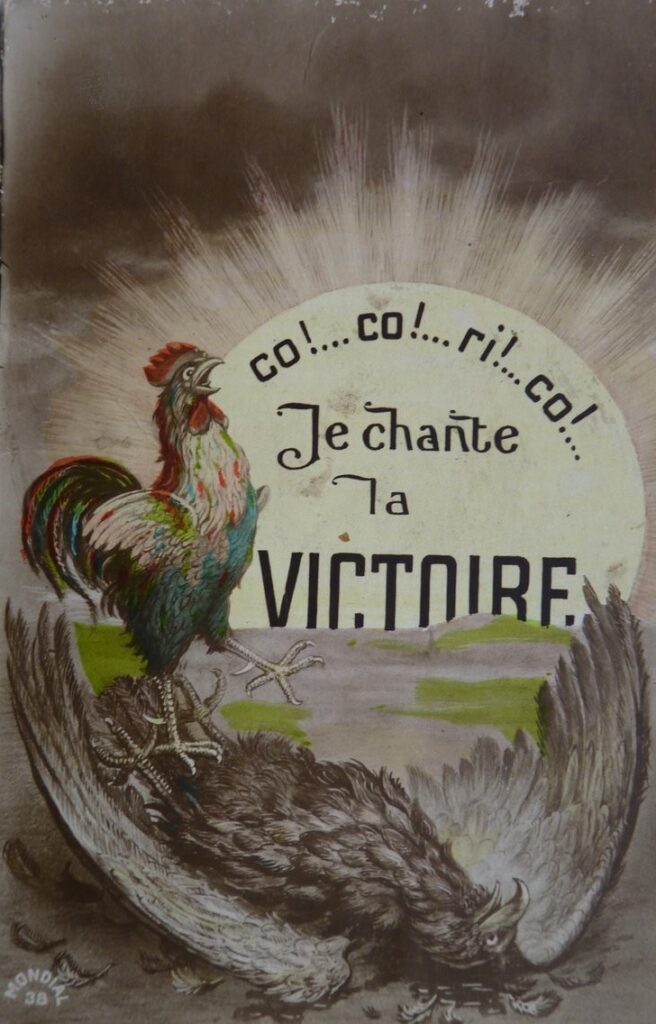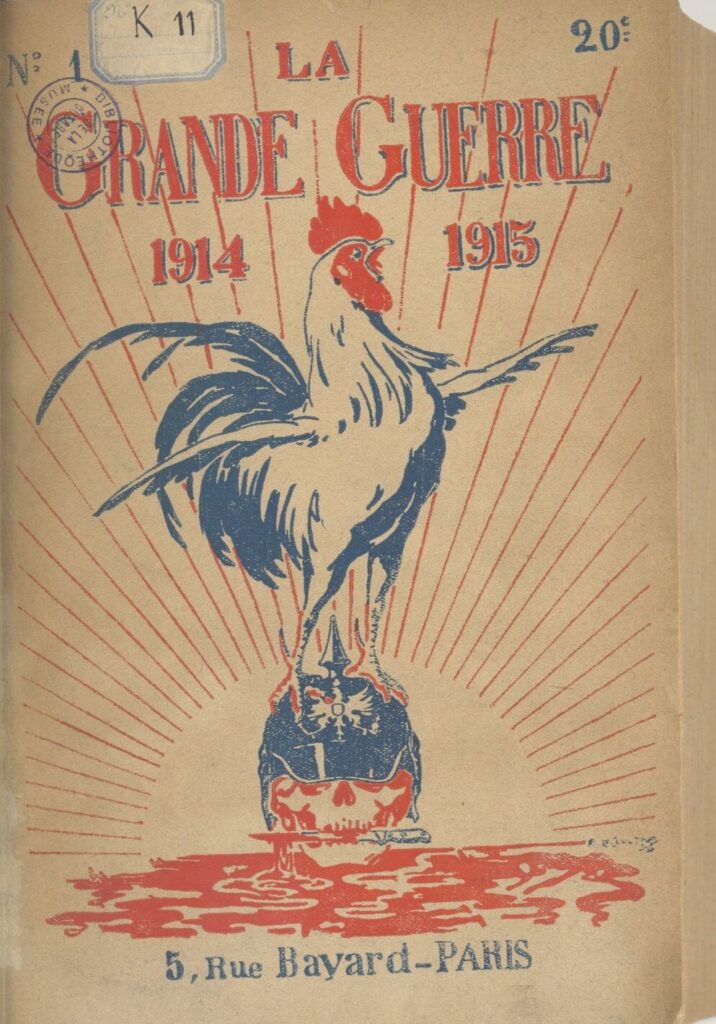Today I wanted to discuss some things that are not necessarily untruths about France, but are characteristic tropes of French culture and France itself. The stereotypes or cliches I have collected and discussed below were retrieved by posing the question “what comes to mind when you hear the word ‘France’?” on several social media platforms. I received responses from well over 100 different people and took replies from the first 100 to gather the most popular responses to this question.* To preface my response to these replies, I decided to talk a little bit about myself and changes I have had in my own perspectives towards France and its culture from my first time living here in 2015 and now.
What You Think of When Someone Says “France”:
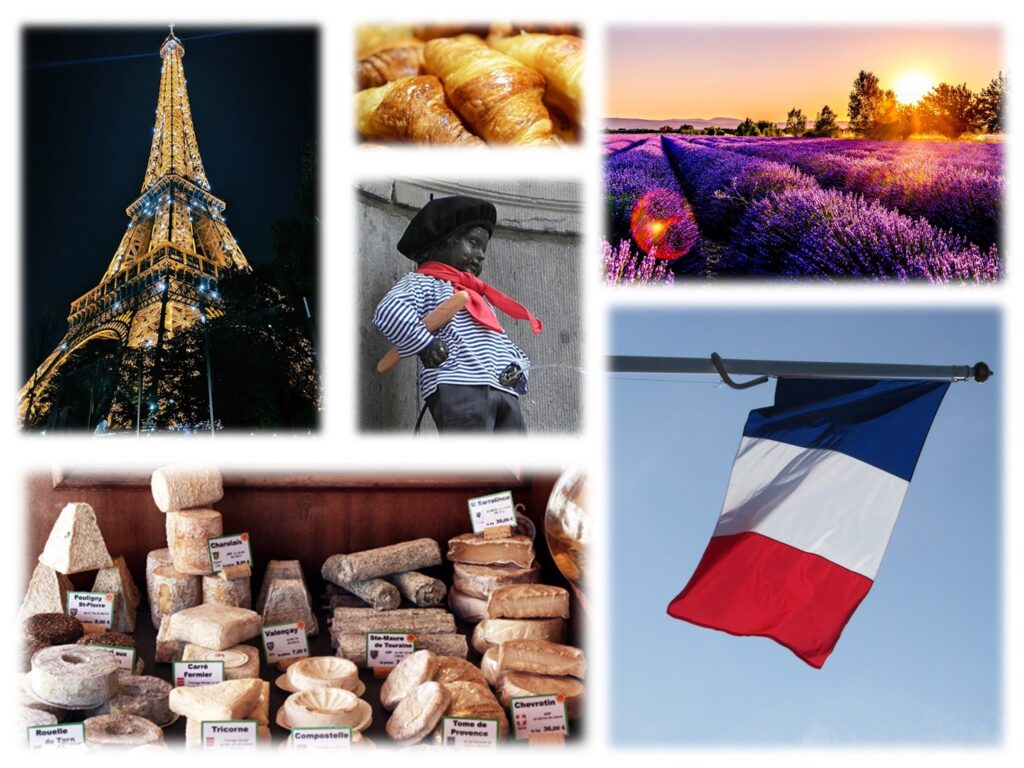
What I think of When Someone Says “France”:
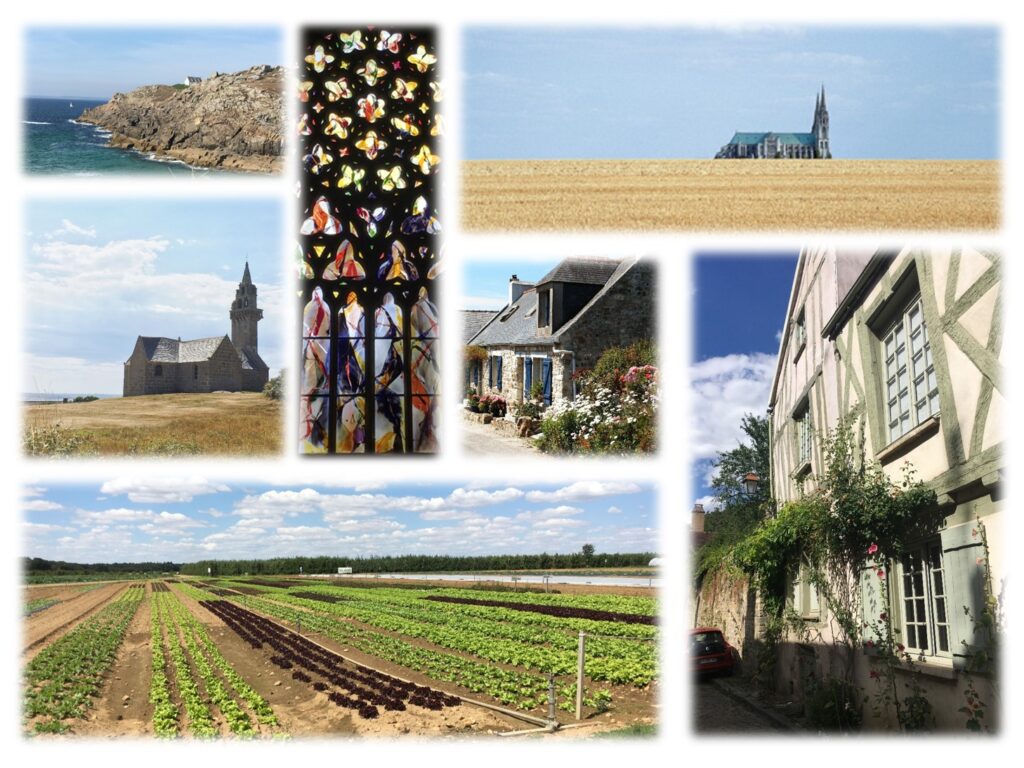
Mea Culpa
I too was once guilty of associating France with the typical clichés: Paris, baguettes, berets, croissants and the Eiffel Tower. Even whilst living in Paris in 2015, I did my touristy things without much thought about what real French culture is, not just this stereotypical view of the capitol city so many seem to have. Of course, I took trips outside of Paris, enjoying the medieval charm of Rouen and Chartres as well as the modern buzz of Reims, but I was still guilty.
I was guilty of not going any further, not trying to better understand French culture, the daily lives of French citizens and their customs. Instead, I visited the museums and the cathedrals, all the inanimate historical objects I was there to see, but I never interacted with its people.
I was young, naïve and scared, but most of all, I was in Paris.
Paris may be the center of French culture, but I did not learn a damn thing about it! … Okay, I recognize that may be a bit dramatic; I did learn a lot about art, history and language, but that’s not my point here.
The point is, some of these tropes we have created may be true, but the most popular responses I received are quite literally food, along with the capitol and a landmark located there (hint: its pictured above). Let me tell you,
PARIS IS NOT FRANCE!!!
I have been living in France for over a year now and I can confirm that this country has so much more to offer than just the Eiffel Tower. With 13 regions, “France métropolitaine” (the area of France geographically located in Europe including Corsica) is so extremely diverse. **
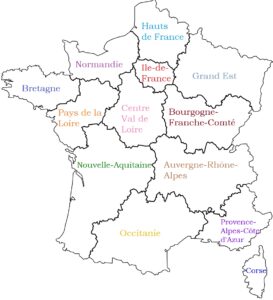
Each region is distinct from one another, with their own traditions, foods, accents and even dialects. I have had the privilege to visit ten of these regions (with exception of Corsica, Hauts-de-France and Provence-Alpes-Cote d’azur) and live in three thus far. I can attest to the differences!
Whereas Paris and the Île-de-France is much more developed and modern in terms of infrastructure, population and economics, the rest of France is really not like that. Outside of any of the big cities, the entire country is essentially a giant farm with quaint little villages peppered about here and there. This is probably why I now associate France with this:
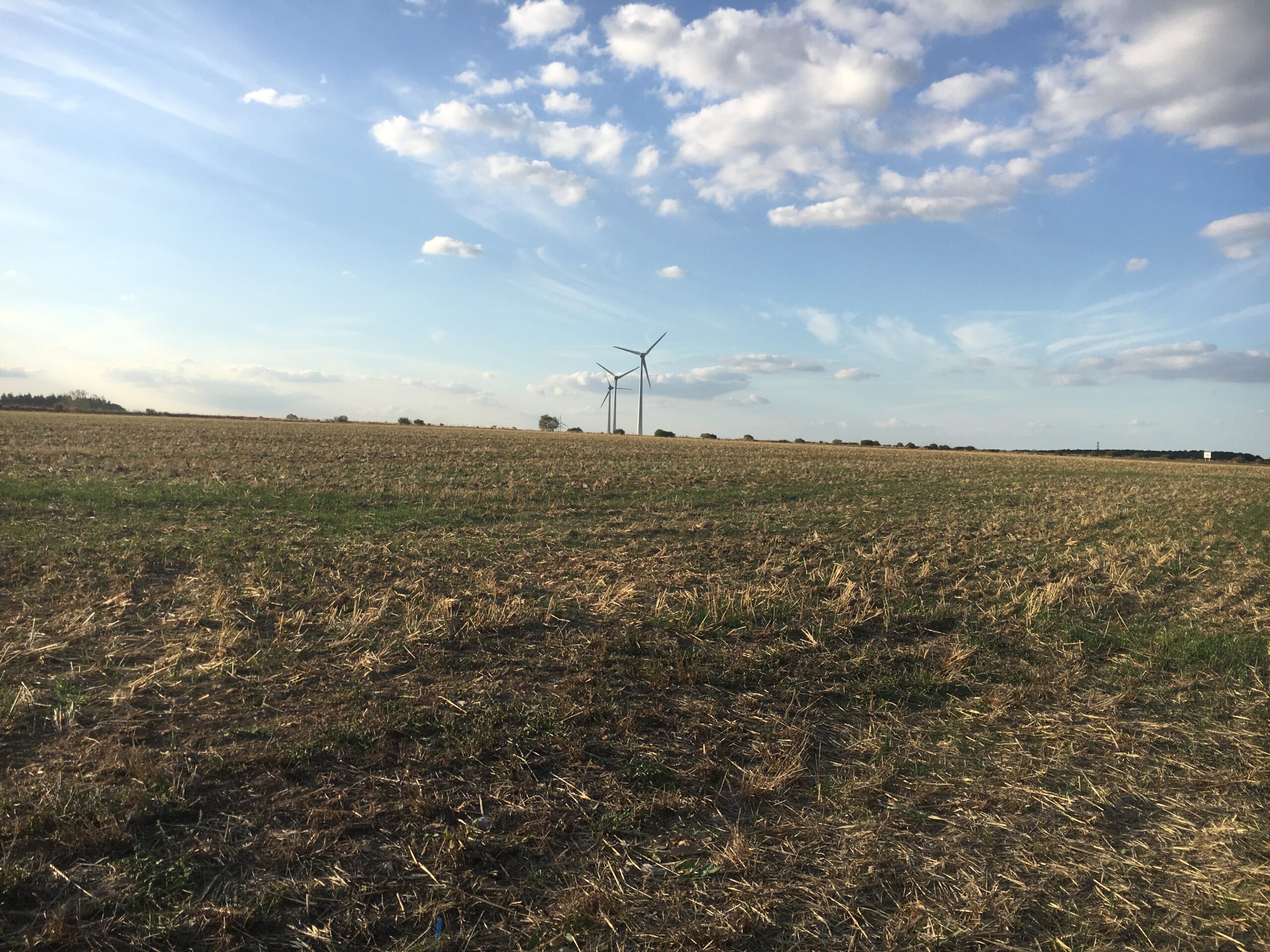
That is in essence where I am living right now, in the department of Eure-et-Loir, or as we call it, “la Beauce.” The Beauce, whose name is derived from the Gallic word “belsa” (open space), is the plains of France. It is best known for its granary culture in which cereal grain crops grow in abundance, along with oilseeds (rapeseed) and potatoes. Unfortunately, the weather here can be quite dry and windy, and wheat farming combined with extremely high summer temperatures (due to climate change) precipitates fires, so it is also known for that as well.
Of course, the Beauce is not representative of all of France, but it is just one example of the “unseen France,” the France that is overlooked by tourists and expats alike, the France that I hope to illustrate and bring to light with this blog.
The Results: Most Popular Stereotypes and Clichés Discussed
No. 1: The Eiffel Tower
Unsurprisingly, the most popular response to the question “what comes to mind when I say the word ‘France’?” was the Eiffel Tower (27% of the respondents answered with this). An emblem of the capitol city of France, and, apparently, France as a whole, this vestige of the 1889 Exposition Universelle has become a symbol of the country’s beauty, ingenuity, and progress throughout the world. Ironically, the symbol of France from a French perspective goes in a completely different direction; it is the “coq” (rooster). Once used as an insult, it was adopted by French kings in the middle ages who converted it into a symbol of the country’s strength, it was then used as a symbol of vigilance during the revolution, followed by its use in war propaganda where it regained its use as a symbol of strength.
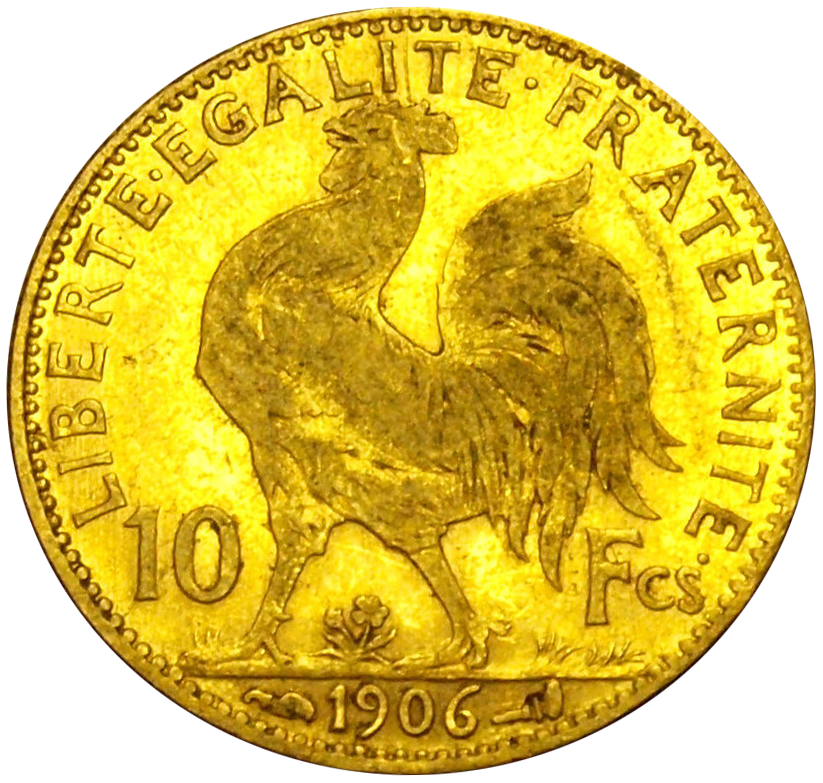
Nos. 2 & 3: Food
The second most popular responses were “baguette” and “pastries” (16%) followed by “cheese” (14%). One thing is clear, France is associated with its cuisine; out of the 34 most popular responses, 10 of them were related to food or drink. They are not wrong! A 2019 CNN article ranked French cuisine no. 3 in the world while another CNN article ranked the croissant 21 out of 50 best foods in the world. Funnily enough, this symbol of French culture and cuisine is not even of French origin!
No. 4: Paris
Although I thought this would be more popular, “Paris” lost to the holy trinity of pain, patisserie, and fromage, coming in as the fourth most common response (13%). Other top responses I received were: art, beret, the flag, and striped shirts.
Unpopular Responses
Some unpopular responses I received, but found interesting nonetheless were: absinthe, countryside, châteaux, stairs, sunflowers, and well-manicured gardens.
What’s True, What’s Not?
Now it is time to debunk some typical (and perhaps not so typical) clichés associated with France according to the responses I acquired from the 100 people surveyed. I have gone through the list of the 34 most common responses, and with my husband (certified, 100% French origin), we have placed them into three categories: true, false and semi-true. I took the time to explain why they are placed in the semi-true category, but if you have any questions regarding these groupings, my explanations, or just in general, do not hesitate to ask! I will be more than happy to respond.
True
Baguettes
Cafés
Cathedrals
Cheese
Cobblestones
Eiffel Tower
Fashion
Flag & its colors
French language
Louvre
Moulin Rouge
Pastries
Paris
Shopping
Wine
WWII
False
Amélie Poulain
Frog legs
Garlic
Mimes
Semi-True
Art – Don’t plan to see giant art galleries with well-known works all throughout France, the big exhibitions usually take place in large cities.
Bérets – This is not something most people wear, but you will see older countryside habitants wearing them on occasion, or hipsters.
Champagne – This is typically served with dessert or on special occasions, but it is definitely not something we drink often.
Crêpes – French would not be caught dead getting a crêpe from one of those roadside stands you find in Paris unless they are at the open-air market or a fair. Crêpes are typically consumed in a “crêperie” (preferably in Bretagne, which you can read about here) or at home.
Disney Paris – Referred to as “Euro Disney,” this park is a misnomer and is not actually located in Paris, instead it is located near Paris in Marne-la-Vallée. It is very expensive and more frequented by tourists than residents.
Les Misérables (2012) – The musical you know and love is definitely not what the French would think of when they hear this title – they think of the original work written by Victor Hugo.
Provence & lavender – Lavender is not as emblematic of the south of France as you would believe; for the French, the “cigale” (cicada) is the symbol – and the sound – of the south.
Snails – These are really only consumed during holidays, they are not an everyday thing. My favorite is “escargots au beurre persillé” (snails with parsley butter) which is the traditional flavor.
Striped shirt – The cliché is not true, but the striped shirt known as a “marinière” does exist! It was originally worn by Breton sailors and merchants, but is now targeted towards tourists (in Bretagne).
Conclusion
It was very interesting for me to see that not everyone replied with the typical “man in striped shirt with beret holding a baguette near the Eiffel Tower” to my question. As well, it is almost refreshing to see that mostly all of the popular responses are either true or semi-true, meaning that perhaps people are slowly turning away from the tropes and clichés typically associated with France?
I hope you have enjoyed the results of this little survey and my responses to these most popular replies. Again, these results are not all-inclusive and do not represent an equal demographic. This was just something I wanted to do out of curiosity, and I thought it would be fun to share the results and attempt to respond to them or debunk them.
Have you heard any other strange, interesting or true clichés or stereotypes? What do you think of the most popular responses I received?
Do you have any topics or cultural customs you would like me to explore and write about?
Let me know in the comments below!
Bisous,
Rose
*This is not meant to be an all-inclusive list, but a consensus of the most common responses I received concerning this question. The 100 people whose responses influenced this list are from differing backgrounds and countries, but do not represent all demographics.
** Oh yeah, BTW, if you are confused ‘cause you haven’t kept up with governmental/geographical changes in France, metropolitan France used to be made up of 22 regions, but was reduced to 13 in 2016. I did not learn this ‘till my husband told me “Champagne” doesn’t exist anymore; it is now part of the region “Grand Est” (Big East)… Quel nom pourri, right? (what a shit name, right?). But like always, the French are stubborn, and “Champagne,” along with all the other 21 regions, still exist in daily life (making things even more confusing for us all, thanks!).
Read More:

